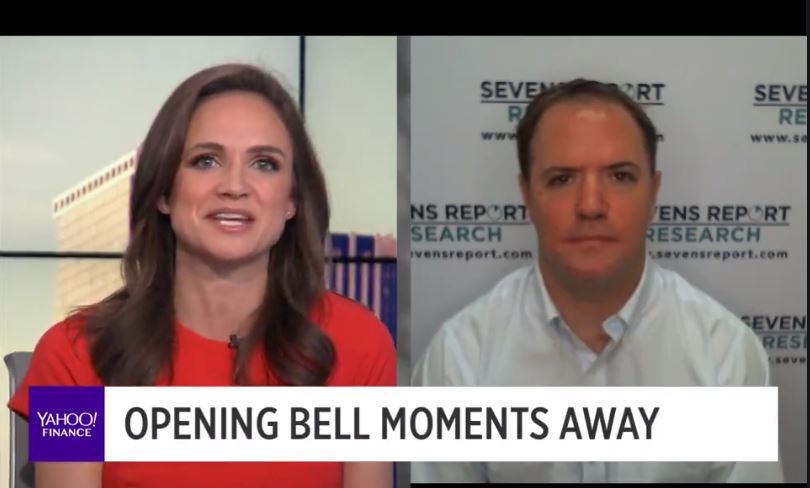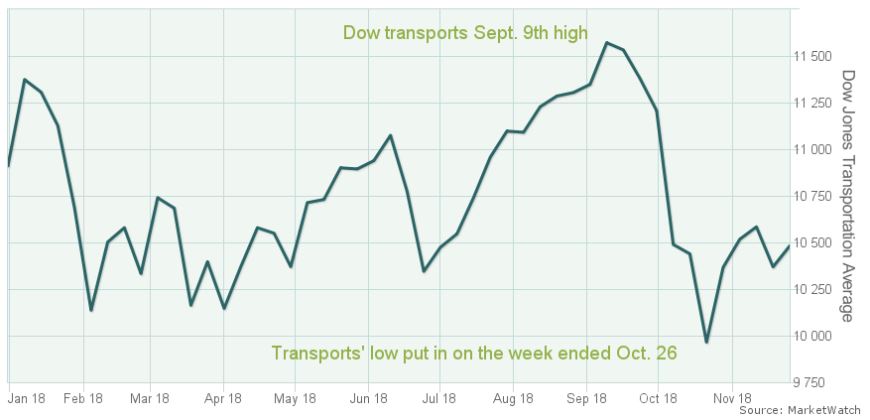What the Trade Truce Means for Markets
What’s in Today’s Report:
- What The U.S./China Trade Truce Means for Markets
- Four Keys to A Bottom Updated: Getting Closer, but Not There Yet
- Weekly Market Preview
- Weekly Economic Cheat Sheet (All About Growth and Jobs)
Futures and global markets are surging (up more than 1%) as Trump and Xi agreed to U.S./China trade war truce.
As was generally expected, the U.S. will not raise tariffs on China to start 2019 and both sides have agreed to a three month negotiation period.
Economic data was good as EU and UK Manufacturing PMIs both beat estimates
Today there is one important economic report, the November ISM Manufacturing PMI (E: 57.2) and it needs to be a “Goldilocks” reading to help fuel this early rally. We also get three Fed speakers (Williams (9;15 a.m. ET), Brainard (10:30 a.m. ET), Kaplan (1:00 p.m. ET)) but none of them should move markets.
Bottom line, tech and industrials are the key sectors to watch today, and outperformance from both will be needed for stocks to hold these big, early gains.


